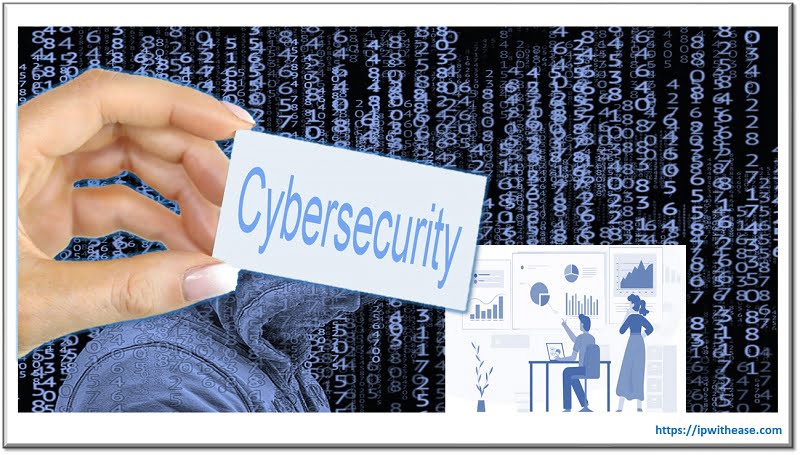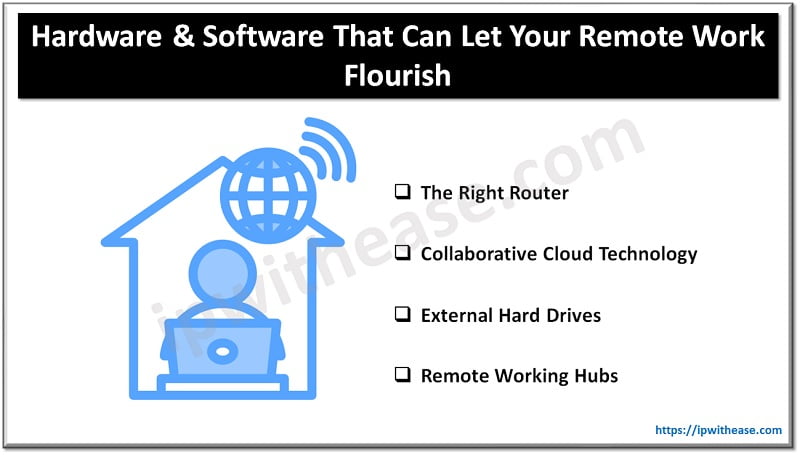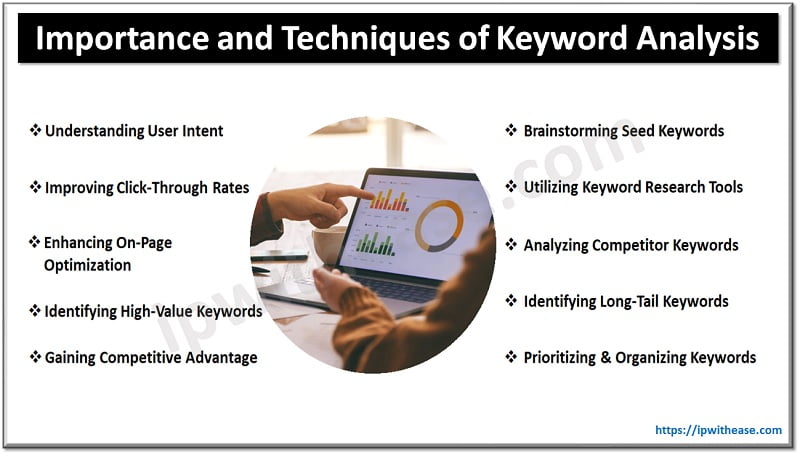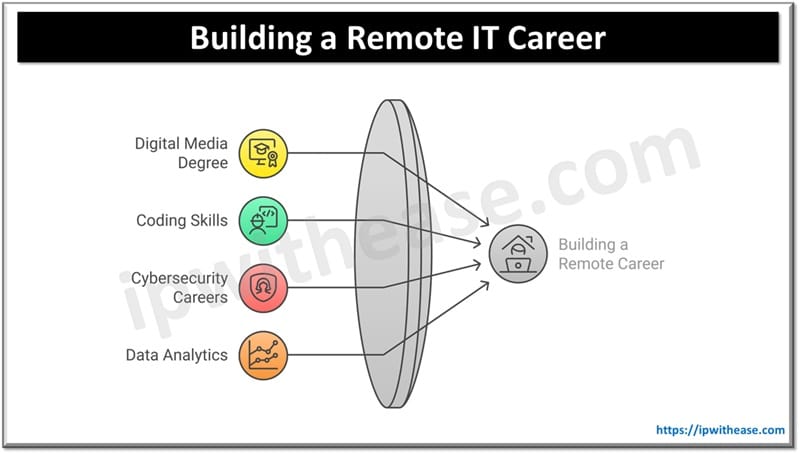As a dynamic field that is continually shifting, cybersecurity is one of the primary concerns for enterprise organizations. Year upon year, the total number of cyberattacks increases, with the heightened value of customer and financial data making an appetizing objective for bad threat actors.
In fact, in 2022 alone, over 493.33 million ransomware attacks were leveraged against organizations across the world. Enterprise clients, holding millions of private records and confidential data will always be targets of hackers looking to profit off this information. Yet, due to the expanding attack surfaces that many businesses now deal with, it’s harder than ever before to keep every point of access completely safe.

In this article, we’ll dive into leading cybersecurity strategies that can help to keep your business safe. If you’re striving to become a fully data-first organization, then these tips will ensure you stay one step ahead of potential threats and can use data to its full extent without fear of breaches.
Let’s dive right in.
Leading Strategies to Improve Cybersecurity in a Data-First Organization
After the COVID-19 pandemic, businesses began to expand their tech stacks to facilitate remote working and streamline communication. While these additional tools and systems allowed businesses to overcome the restrictions and continue working as normal, they have greatly expanded the average attack surface of a business.
Alongside these added points of vulnerability, businesses are now having to contend with a relentless security landscape, with new phishing methods and malware being sent out every single day.
Although these difficult circumstances are hard to manage, they are far from impossible to control. On the contrary, there are a number of leading strategies that you can use to improve cybersecurity defenses:
- Educate Your Workforce
- Incorporate MFA Tools
- Audit and Update Regularly
- Secure Your Data Infrastructure
Let’s break these down further.
Educate Your Workforce
The vast majority of security crisis events that a business can incur will be the direct result of human error. Whether that’s a security worker misconfiguring something or the average worker clicking on a phishing email link, mistakes happen. While we can’t completely prevent employee mistakes, we can offer education in hopes of reducing the likelihood of this happening.
Whenever you onboard a new employee, they should have to complete a security module. In this module, you should explain the gravity of cyber threats and what common phishing emails look like. Although your business likely has tools that reduce the number of spam emails that arrive in your employees’ accounts, this won’t catch everything.
By demonstrating what phishing emails look like and what to watch out for, your employees will be better at recognizing a threat. From there, they can report it to IT and avoid triggering a crisis. Be sure to back-date this training to allow current employees to complete the required security training.
Incorporate MFA Tools
Even after security training, mistakes will still happen. If a user accidentally gives away their login information, it doesn’t have to be the end of the world. On the contrary, your business can use MFA (Multi-Factor Authentication) to add additional layers to your personnel cybersecurity.
MFA will trigger an alert on a user’s other devices every time they try to log in to their company account. This could be on their personal laptop, mobile device, or another company-issued IoT tool. Whenever they want to sign in, they will have to confirm their identity on the other device.
If a hacker steals their login information, they still won’t be able to access the account as they won’t have a secondary device to confirm their identity. This small addition to your tech stack is an incredibly effective and potent tool for bolstering your cybersecurity.
Audit and Update Regularly
Every piece of software within your tech stack will have security features. Yet, that doesn’t mean that threat agents cannot find vulnerabilities in these components. Whenever a vulnerability is identified by a provider, they typically issue updates that will fix these errors. If you’re not regularly updating your software, you will miss out on these updates and leave your organization vulnerable to attacks.
In order to stay one step ahead of potential threats, businesses should always remember to frequently audit their software. By checking for potential vulnerabilities and updating everything, you’re more likely to be in line with recommended security details by each software provider. If the provider offers an SBOM, be sure to have a security expert go through it to catalog all of the components in the software you’re using.
A little foresight goes a long way in cybersecurity.
Secure Your Data Infrastructure
A data-first organization will have an extensive and comprehensive system of data infrastructure to capture, process, transform, clean, and store information. While some companies may only have a cloud data warehouse, others will have several layers of technology that all work to deliver an effective data analytics solution.
No matter how extensive your data architecture is, it’s a phenomenal idea to select tools and systems that actively focus on cybersecurity. For example, there are numerous cloud data warehouses currently available for businesses to partner with for their storage needs. Yet, not every single one of these offers the same degree of cybersecurity function.
When comparing Databricks vs Snowflake, two leading cloud data warehouses, each has a different approach to securing data on the platform. Snowflake has always focused on cybersecurity, offering data masking, data security certifications, governance services, and more. On the other hand, Databricks has effective use cases for security but isn’t as mature as Snowflake in terms of keeping data safe.
Selecting data architecture that effectively prioritizes security will give your business the best chance possible of creating a comprehensive system of defenses against potential exploits and vulnerabilities.
Final Thoughts
If cybersecurity isn’t already one of your company’s top priorities, it should be. As the typical attack surface of a corporation expands and the number of attacks per year increases, there has never been a more critical moment to take security seriously. That said, the vast majority of security changes do not have to involve new systems or radical changes to existing IT infrastructure.
By using the strategies that we’ve outlined in this article, businesses are able to put their best foot forward in fighting cybercrime. From educating employees about what a threat looks like and how to neutralize them to selecting security-conscious data infrastructure, companies can create a better security landscape from day one.
For data-first businesses that rely on insight to drive progress, protecting data should be your primary concern.
Continue Reading:
What Is Threat Hunting? Everything You Want to Know
ABOUT THE AUTHOR
IPwithease is aimed at sharing knowledge across varied domains like Network, Security, Virtualization, Software, Wireless, etc.



